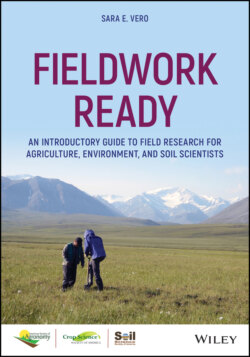Читать книгу Fieldwork Ready - Sara E. Vero - Страница 20
Case Study
ОглавлениеA case study is a detailed investigation of a specific scenario, location, or occurrence (Fig. 2.8). Case studies offer insight into real‐world situations and allow the validity and applicability of hypotheses and theories to be evaluated in‐vivo. Extrapolation of conclusions from case studies to other locations and situations should be conducted with care, since experimental conditions can often vary from other situations. In other words, you must determine whether the two situations are sufficiently similar. Furthermore, a case study is essentially a snapshot; your observations will be influenced by a variety of factors affecting the case at that time. On the positive site, case studies are essential for translating scientific knowledge into practice and critically, can open up new avenues of research, reveal knowledge gaps and provide an insight into the environmental context which is sometimes lacking from studies confined to the laboratory or desktop. Aside from research, case studies are an excellent teaching tool, allowing students to examine and observe the reality of their fields of study.
Fig. 2.8 The researchers in this photo are collecting soil, water and ecological information to form a comprehensive characterisation of their case study.
Source: Jaclyn Fiola.
Case studies can be representative in nature. In other words, the sites and scenarios examined are selected based on how representative they are of a broader environment and the results and observations derived may be generalized or applied to this wider context. For example, a case study of the changes to fertilizer management on a family farm after removal of milk quotas in Ireland could be used to illustrate changes to the sector as a whole. Representative case studies can be partnered with surveys or controlled studies to demonstrate how their findings translate to reality. Where funding and resources are available, a number of case studies can be collected to provide a more comprehensive representation.
Conversely, case studies can be used to document and demonstrate outliers, in which an unusual, anomalous, or atypical event or situation occurs. These case studies are vital for identifying knowledge gaps.
Fig. 2.9 Equipment like this eddy covariance tower can be used to monitor atmospheric conditions including temperature, wind speed and direction, carbon dioxide, methane and other gas fluxes.
Source: Rachael Murphy.
